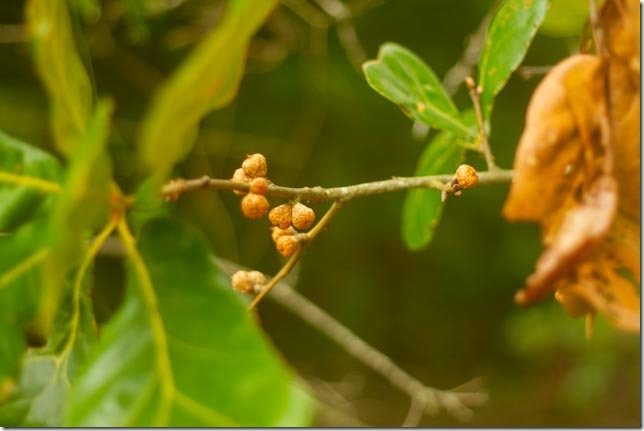This morning, I took a chance. It’s overcast, a nearly 50% chance of storms, possibly with severe winds, thunder, lightning, and all that can accompany a summer storm (or two). It’s humid, the kind that feels like one is wearing the air. But I took a chance and walked around the ponds with the camera. I “fixed” the problem of the distortions when I downloaded them with the card reader. The problem wasn’t the camera, but the reader itself. So, I bought a new one, and that made a difference. Of course, that means I won’t be buying a new camera anytime soon!
I’m also reacquainting myself with my gear. Today, I used my 50mm f/1.8 prime. And I opened the aperture all the way! I love the blurry backgrounds with the 50/1.8. I also reacquainted myself with the idea of contemplative photography. Oh, I know, we use the verb contemplate to mean to think deeply about something, but to practice contemplatively photography, I went out with as open a mind as I could—considering that I needed to avoid two things: snakes and fire ants. I’m still feeling the effects of the fire ant attack from Tuesday’s walk at the lake! I wanted to see this place where I live.
I don’t know how many times I have walked around the ponds in the last thirty-five years. The paths are familiar. I know where the oak branches grow out over the big pond, where the mimosa blooms beside Gramps’s, where the Leons (Junior and Senior) plant wheat or corn, where the blackberries are growing and ripening (even though I think the deer have already devoured the ripe ones). I know that there will be dandelions blooming along the dam of the ponds, too. And yet, there are surprises. I suppose I did know that when mimosa blooms, the blooms turn in to pod. I should have known that acorns to do not appear full blown as nuts with caps. Yet, these were some surprises this morning.
There is color throughout my yard. The orange daylilies are in bloom. And just now, the crepe myrtle buds are beginning to pop open.
It’s amazing out those petals fit into those small buds.
There are textures to notice as well. There are seven ponds clustered together, all built by my husband’s grandfather to “grow” minnows to sell to the fishermen on their way to Lake Murray. Now, the ponds are stocked with fish—catfish, bass, bream, and family and friends come to fish for recreation and relaxation. There are still some remnants of Grandpa’s business scattered over them, the frames and piers where he would dip out the minnows before taking them into his bait shop.
And I found treasures—four feathers. I imagine they are probably goose feathers and maybe some small heron feathers. As I walked between Gramps’s ponds and Pat’s ponds, I made a “rare” egret sighting. It made me wish I brought my longer zoom lenses with me (but as I said, I wanted to reacquaint myself with my gear).
You’ll have to forgive the focus. I was carrying those feathers! I had to do some major cropping, too, so that one can see the egret. I love that graceful S-curve of this beautiful bird. I also saw the heron, but it was too quick for me! It flew to the tree tops before I could take aim!
Contemplative photography is a practice. It requires the photographer to go out with an open mind, to be willing to see things that may be as familiar as the back of one’s hand in new ways.




